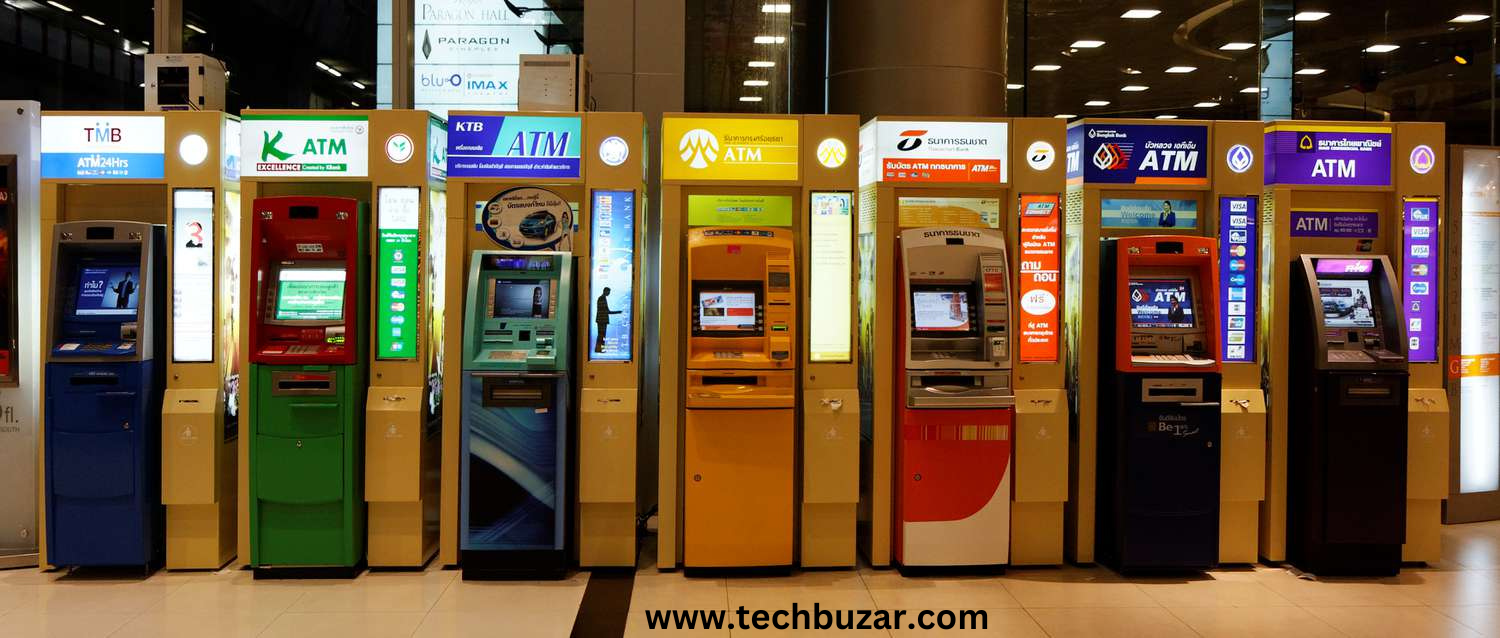
ATM Business “Maximize Profits : Essential Strategies for 100% Success”
Starting an ATM business can be a lucrative opportunity in today’s digital age where cash remains a fundamental aspect of financial transactions. With the right approach and strategy, you can establish a successful ATM business that generates passive income while providing a valuable service to communities. In this comprehensive guide, we’ll walk you through the essential steps to launch your own ATM business from scratch.
Introduction to Starting an ATM Business
The ATM (Automated Teller Machine) business involves owning and operating ATMs at various locations to provide cash withdrawal and other banking services to customers. It’s a scalable business model with relatively low overhead costs and the potential for high returns on investment.
Understanding the ATM Business Model
Before diving into the ATM business, it’s crucial to grasp the underlying business model. As an ATM operator, you earn revenue primarily through transaction fees charged to users withdrawing cash from your machines. Additionally, you may generate income through surcharge fees imposed on non-customers using your ATMs.
Market Research and Location Selection
Market research plays a pivotal role in the success of your ATM business. Identify high-traffic locations with a demand for convenient cash access, such as retail stores, gas stations, malls, and entertainment venues.Assess potential locations by considering factors such as the volume of pedestrian traffic, demographic characteristics of the area, and the presence of competitors.
Legal and Regulatory Requirements
Operating an ATM business entails compliance with various legal and regulatory requirements. Obtain necessary permits, licenses, and certifications from relevant authorities. Ensure compliance with banking regulations, ADA (Americans with Disabilities Act) guidelines, and security standards to safeguard both your business and customers.

Securing Funding for Your ATM Business
Like any business venture, starting an ATM business requires initial capital investment. Explore funding options such as personal savings, loans from financial institutions, or partnerships with investors. Develop a comprehensive business plan outlining your financial projections and strategies for profitability.
Purchasing and Installing ATMs
Invest in high-quality ATMs from reputable manufacturers that offer reliability, security, and advanced features. Consider factors such as ATM type (cash-dispensing, cash-recycling), connectivity (wired, wireless), and software capabilities. Install ATMs in strategic locations following regulatory guidelines and security protocols.
Setting Up ATM Operations and Maintenance
Establish efficient operational procedures for managing your ATM network effectively. Implement regular maintenance schedules to ensure optimal performance and reliability of your machines. Monitor cash levels, replenish supplies, and troubleshoot technical issues promptly to minimize downtime and maximize customer satisfaction.
Marketing and Promoting Your ATM Business
Promote your ATM business to attract customers and drive usage of your machines. Utilize signage, advertising, and digital marketing channels to raise awareness and visibility of your ATMs. Offer incentives such as fee discounts or cashback rewards to incentivize usage and build customer loyalty.
Managing Finances and Tracking Performance
Maintain meticulous financial records to track revenue, expenses, and profitability of your ATM business. Utilize accounting software or hire financial professionals to manage bookkeeping, tax compliance, and financial reporting. Analyze performance metrics such as transaction volume, revenue per transaction, and ATM utilization to optimize your operations.
Dealing with Challenges and Troubleshooting
Prepare to encounter challenges and obstacles along the way in your ATM business journey. Be proactive in addressing issues such as machine malfunctions, cash shortages, or regulatory changes. Develop contingency plans and establish relationships with service providers and industry partners to resolve problems swiftly.
Expanding and Scaling Your ATM Business
As your ATM business grows, explore opportunities for expansion and scalability. Consider adding more ATMs to your network, expanding into new geographic locations, or diversifying your services. Continuously evaluate market trends and customer preferences to adapt and innovate your business model.
Future Trends in the ATM Industry
Keep abreast of emerging trends and innovations shaping the future of the ATM industry. Embrace technological advancements such as contactless payments, biometric authentication, and enhanced security features. Explore integration with digital banking platforms and fintech solutions to stay competitive in a rapidly evolving landscape.
Conclusion
Starting an ATM business offers a promising entrepreneurial opportunity with the potential for significant returns on investment. By following the steps outlined in this guide and leveraging best practices in the industry, you can build a successful ATM business that provides value to customers while generating passive income streams.
FAQs:
What is the initial investment required to launch an ATM business?
- Starting an ATM business can cost anywhere from $5,000 to $50,000 per machine, including purchase price, installation, and initial cash stocking.
What are the risks associated with owning an ATM business?
- Risks include vandalism, theft, regulatory changes, cash shortages, and technological obsolescence. Proper risk management strategies are essential to mitigate these risks.
How do I find suitable locations for my ATMs?
- Conduct thorough market research to identify high-traffic locations with a demand for cash access. Forge alliances with property owners or businesses to secure optimal locations for your ATMs.
Can I operate ATMs in multiple countries?
- Yes, but it requires compliance with regulatory requirements and international banking laws. Research the legal and logistical challenges of operating across borders before expanding internationally.
How long does it take to see a return on investment in an ATM business?
- The time to recoup your investment depends on factors such as location profitability, transaction volume, and operational efficiency. Typically, ATM operators can expect to see a return on investment within 12 to 24 months.


